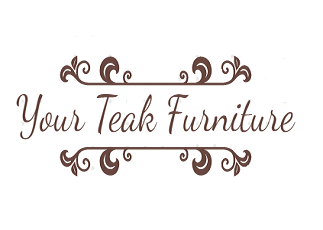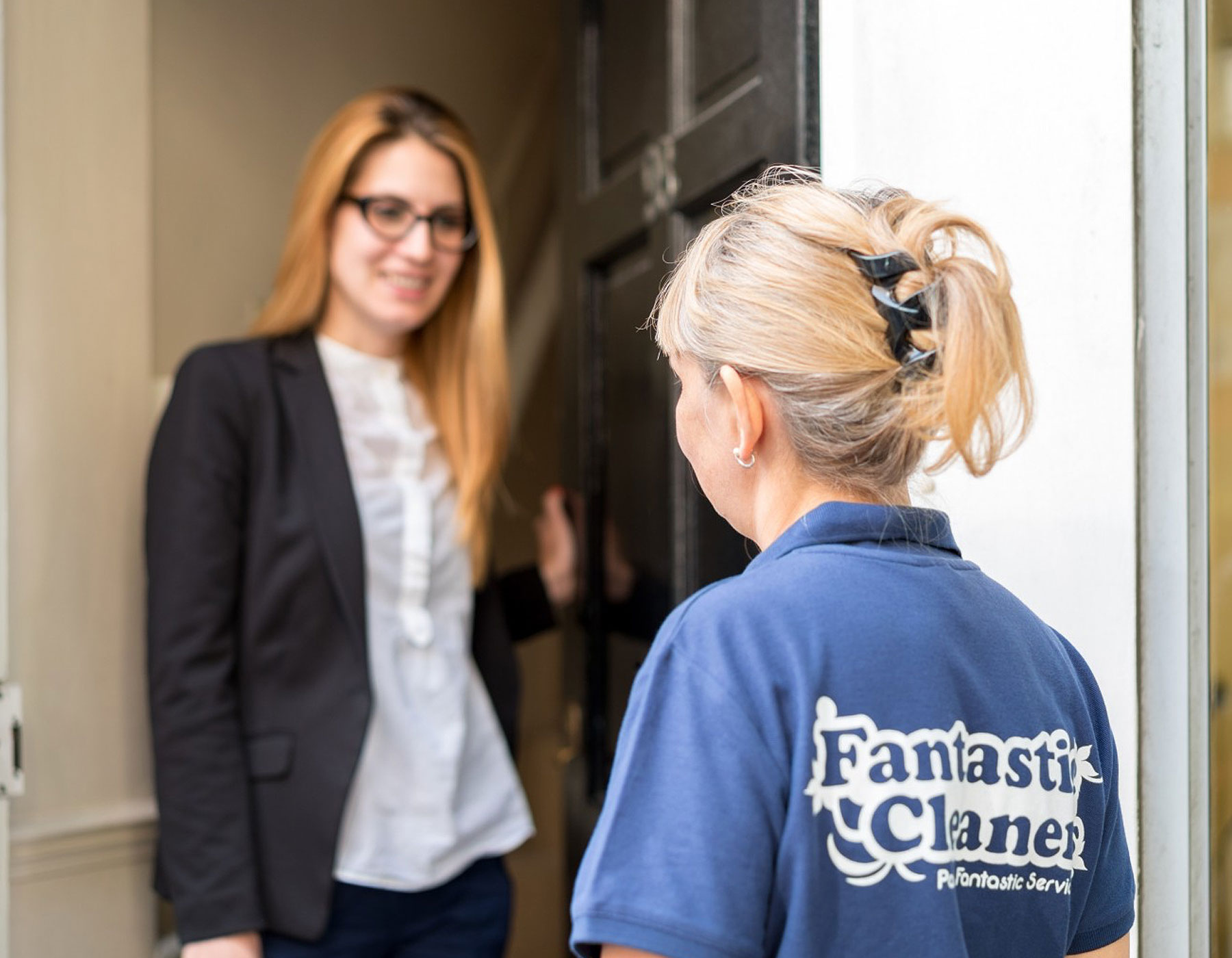In the process of concluding their end of tenancy, people frequently encounter the task of addressing unwanted items collected throughout their tenancy. These objects might encompass attire, furnishings, electronic devices, and household items that have become superfluous or unwanted. While certain possessions may retain their integrity and would be suitable for a charitable contribution, others might have suffered damage or wear, necessitating conscientious disposal.
Within this guide, we shall delve into the options of donation and disposal of unwanted belongings, proffering discernment and methodologies to empower tenants in adeptly navigating this facet of the relocation endeavour.
Assessing the Condition
Before determining whether to contribute or discard unwanted possessions, it’s imperative to thoroughly evaluate their state. Conduct a comprehensive inventory of your assets and categorise them according to their utility and condition. Items that remain in good condition and hold utility for others might be suitable for donation, whereas those damaged, defective, or useless may necessitate responsible disposal.
Contemplate factors such as wear and tear, operational functionality, and overall state when evaluating each item. Through meticulous assessment of your belongings, you can discerningly decide the optimal path for each, enhancing opportunities for repurposing while curbing waste.
Donating
Contributing unwanted possessions presents an admirable opportunity to extend their use while bolstering charitable endeavours and aiding individuals in distress. Investigate local charity organisations, thrift establishments, and nonprofit groups amenable to receiving contributions of furnishings, attire, domiciliary wares, and electronic devices.
Numerous charitable entities stipulate specific donation criteria, often accepting solely items that are clean, in good condition, and align with their prerequisites. Prior to the contribution, dedicate effort to preparing items for donation by diligently cleaning them and verifying their exemption from damage or defects.
Donating items you no longer require or desire can yield profound fulfilment and a positive impact. Here’s why:
Environmental Advantages – channelling usable items into donations translates into diminished waste and reduced environmental footprint during your relocation. Each item redirected from disposal to donation represents a step toward waste reduction, mitigating strain on landfills and promoting sustainable living practices that promote a healthier environment.
Social Significance – your surplus possessions hold the potential to serve as vital lifelines for those facing difficulties. Contributions to charitable entities, shelters, or thrift stores directly assist those struggling with financial strain. Furnishings, attire, and domestic items wield transformative potential, facilitating the transformation of ordinary dwellings into cherished sanctuaries or facilitating the rebuilding of lives.
Economic efficacy – donation often proves more economical and a smarter choice than disposal. Rather than incurring expenses associated with waste removal services or dumpster rentals, arranging for free collection or drop-off at nearby donation hubs presents a financially astute alternative. This not only safeguards your finances but also expedites the moving process by alleviating the clutter management burden.
Community cultivation – supporting local charities or thrift establishments cultivates a sense of communal solidarity. Your contributions sustain the operational vitality of these establishments, supporting their invaluable mission of community enrichment. Furthermore, the knowledge that your benevolent gestures directly benefit neighbours gives you a profound sense of kinship and fulfilment.
Disposing Responsibly
For objects that are useless or are in poor states, conscientious disposal becomes imperative to mitigate environmental impacts and advance sustainability endeavours. Explore local options for disposing of unwanted possessions and acquaint oneself with local regulations to ascertain appropriate methods for discarding unwanted possessions, whether via recycling facilities, waste management establishments, or programs tailored to electronic waste.
Certain items, such as electronic devices or hazardous materials, require specialised handling and warrant adherence to regional statutes. Don’t engage in illegal dumping or improper disposal methodologies, as they imperil ecological integrity and jeopardise human well-being. Through the responsible disposal of unwanted possessions, tenants can contribute to fostering a cleaner, more sustainable ecosystem and aid in reducing landfill accumulation.
Upcycling and Repurposing
In certain instances, unwanted possessions harbour potential for upcycling or repurposing, presenting an avenue to infuse fresh vitality into antiquated belongings. Engage in inventive exploration to transform unused or outdated items into functional or decorative objects. Upcycling projects span a spectrum, encompassing endeavours such as revamping furnishings or crafting bespoke artefacts and do-it-yourself undertakings. Contemplate organising a barter or communal exchange gathering, facilitating the trade of superfluous items among neighbours. This will foster communal cohesion and promote sustainability ideals. Through the practice of upcycling and repurposing unwanted possessions, tenants can extend their longevity, diminish wastage, and unleash their artistic ingenuity in the process.
Planning Ahead
As part of the end of tenancy cleaning process, it’s essential to plan ahead for managing unwanted items effectively. Schedule a specific time to undertake decluttering endeavours and sift through belongings. Take ample time for meticulous evaluation of their condition, determining the optimal course of action for each object. Formulate a comprehensive checklist or chronological scheme to monitor advancement and ascertain thorough disposal of all surplus items preceding the scheduled relocation.
Contemplate asking for assistance from acquaintances, relatives, or professional organisers to streamline the decluttering venture and make it more manageable. Through proactive planning and preemptive measures in handling unwanted possessions, property owners can ease stress and ensure a seamless transition throughout the end of tenancy cleaning.
Conclusion
Concluding the discourse on handling unwanted items during end of tenancy cleaning necessitates judicious contemplation and a proactive approach. Through meticulous evaluation of item conditions, charitable donation of serviceable assets, responsible disposal of impaired objects, creative upcycling endeavours, and strategic foresight, tenants can adeptly navigate this aspect of relocation whilst advancing sustainability and conscientious waste management.
Whether through charity, disposal, or refurbishment, each endeavour aimed at managing unwanted possessions contributes to a cleaner, more sustainable tomorrow. By exercising mindful decision-making and undertaking proactive measures to reduce waste, tenants can depart their leased abodes in excellent condition and engender a beneficial impact within their communal area.
Armed with diligent planning and proactive initiatives, the chore of managing unwanted items during end of tenancy cleaning transforms into an opportunity for tenants to streamline their domicile, support charity, and nurture an ethos of environmental responsibility.

